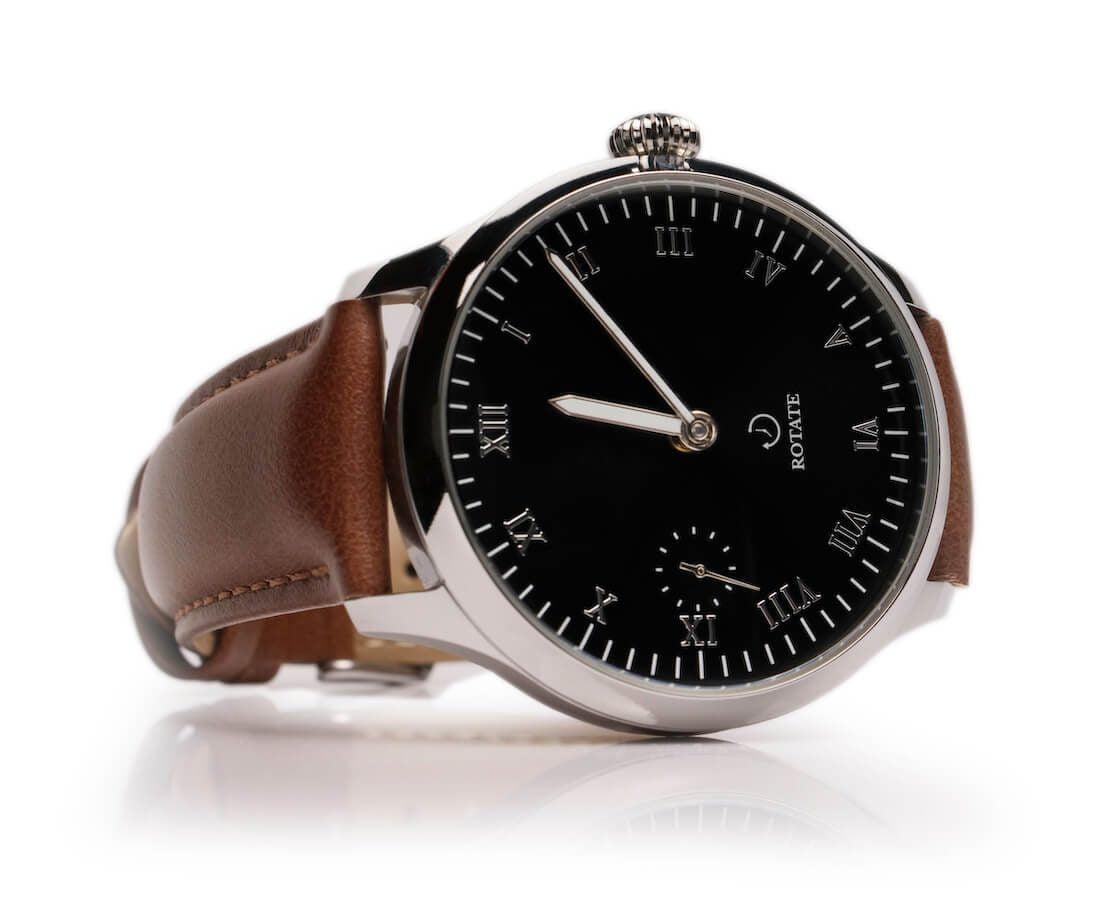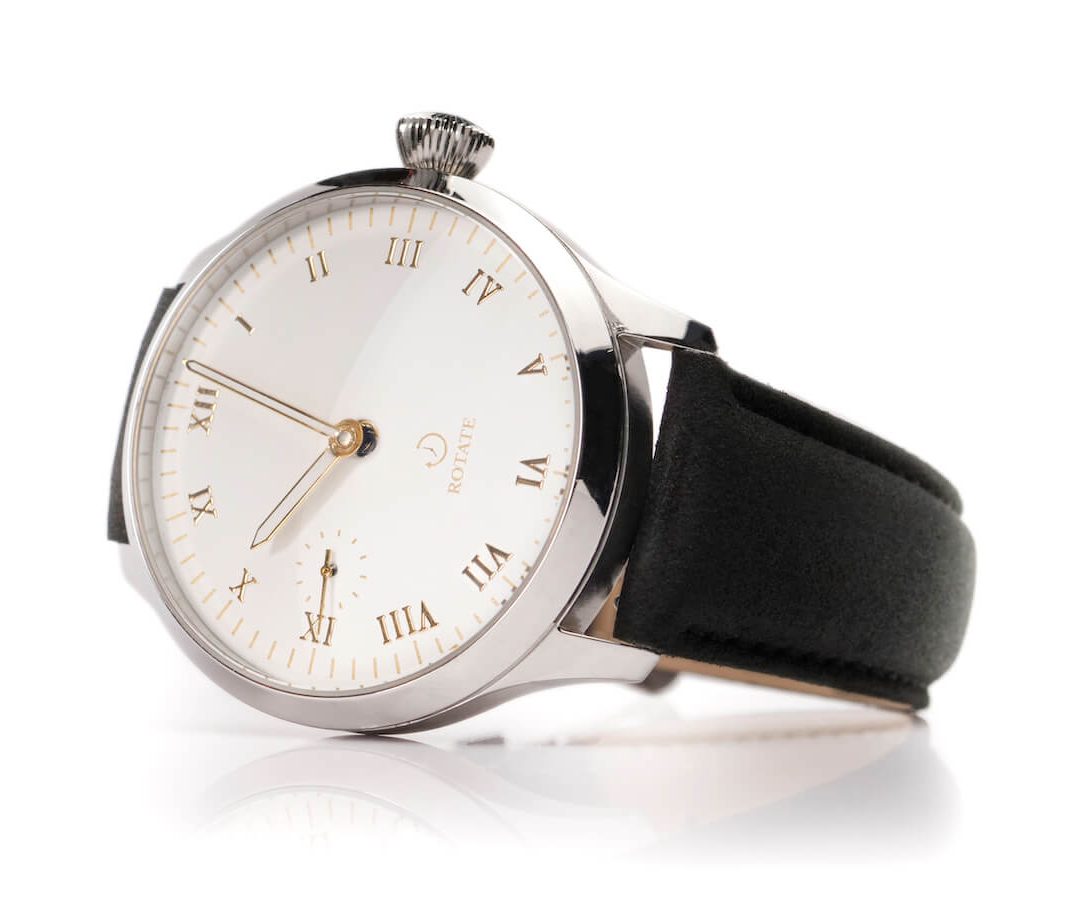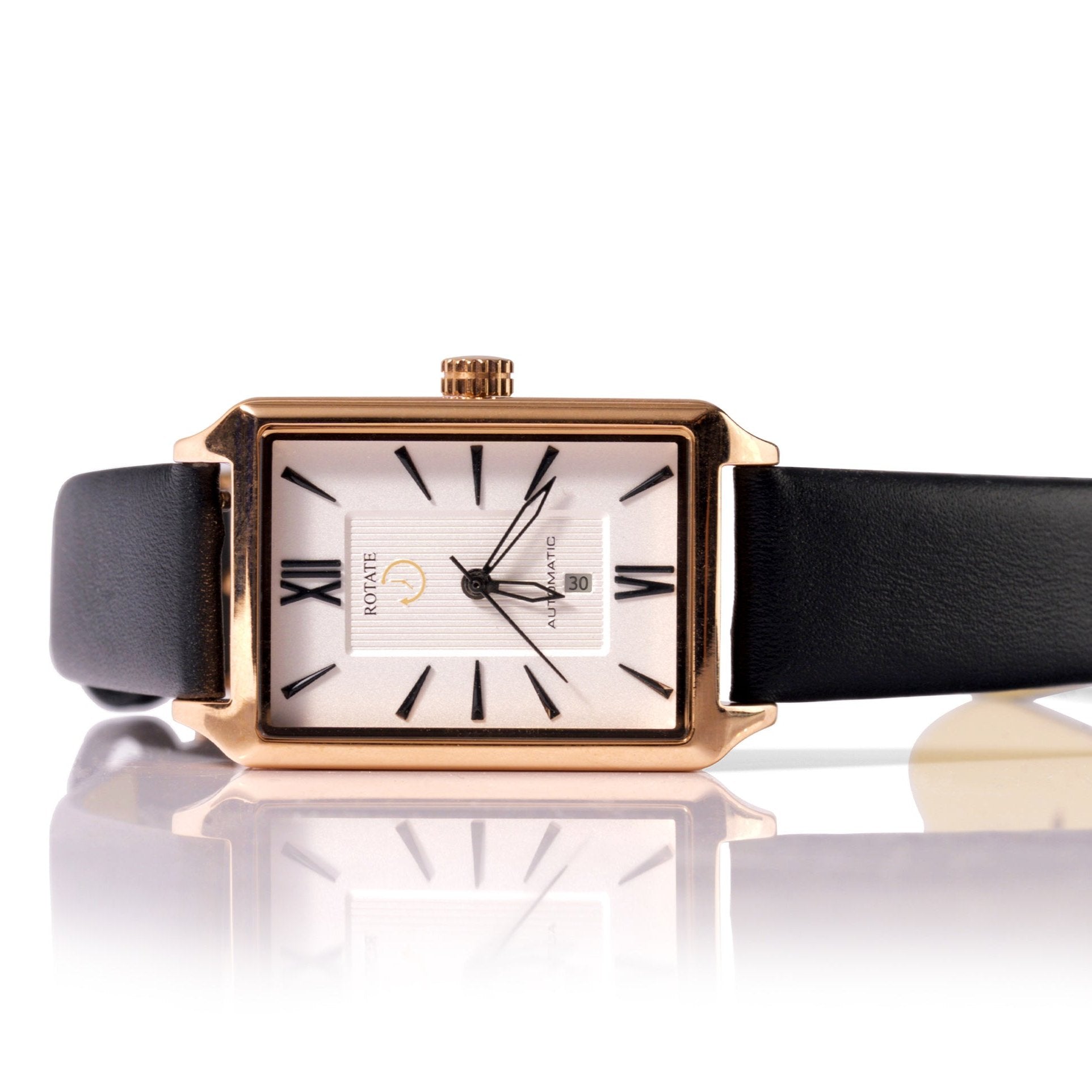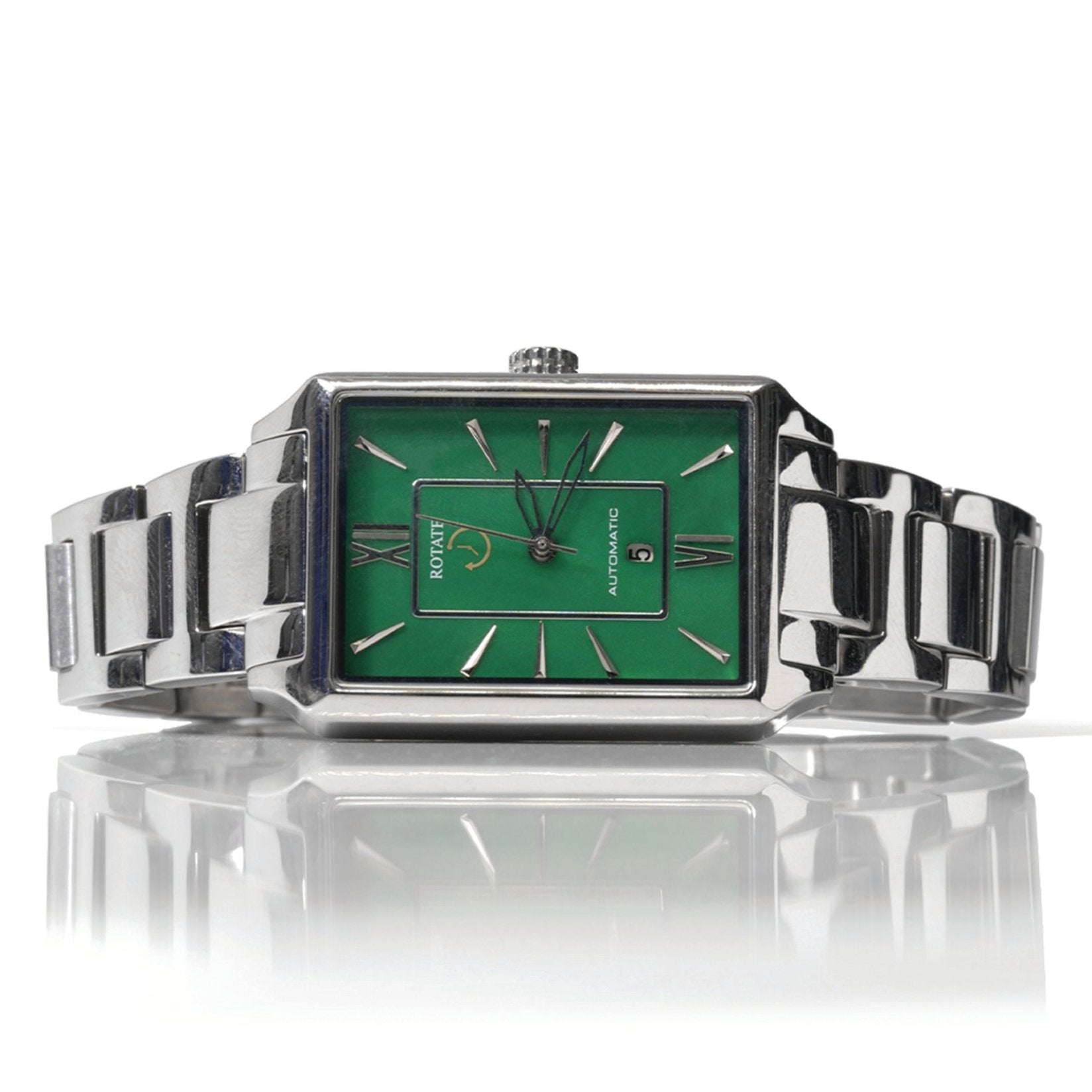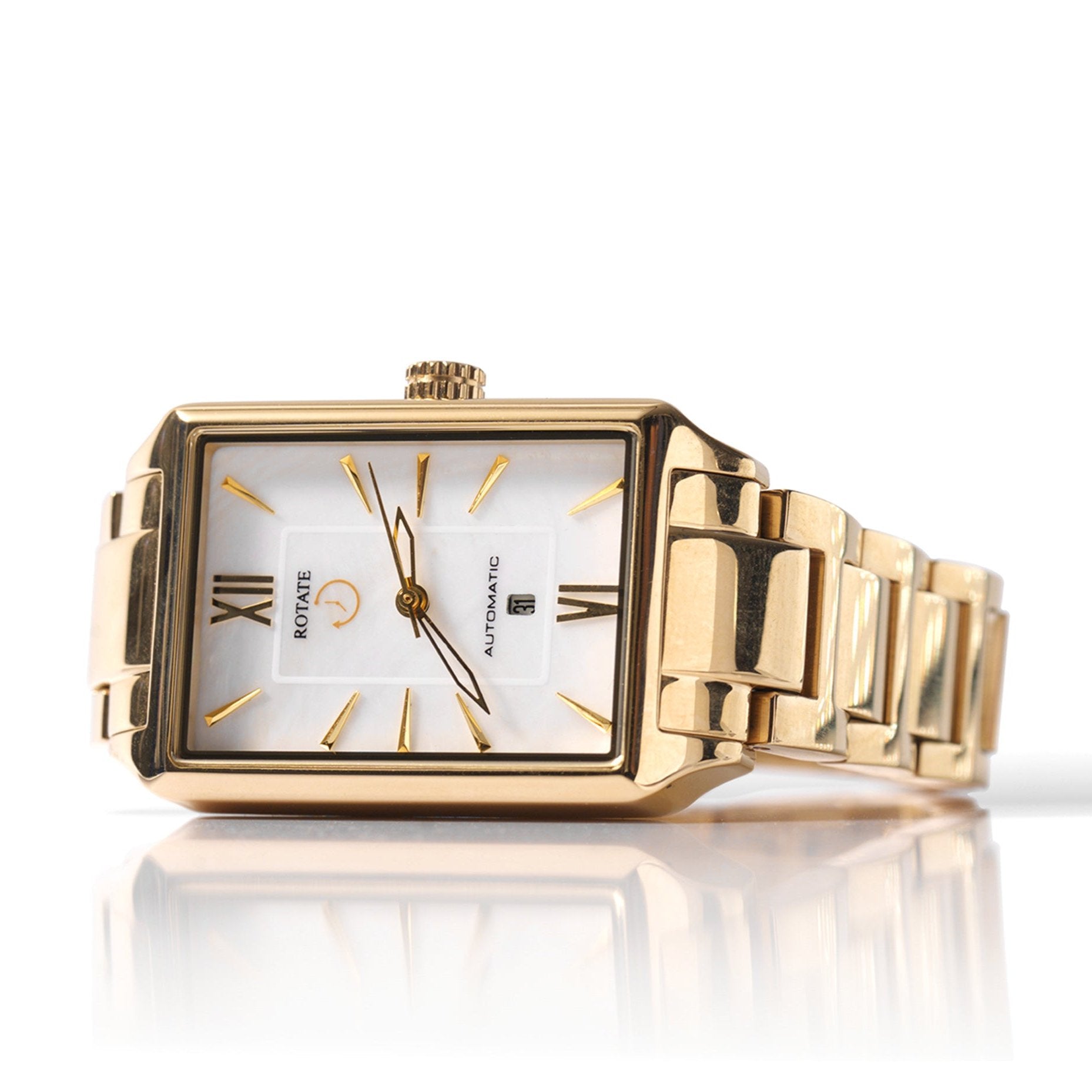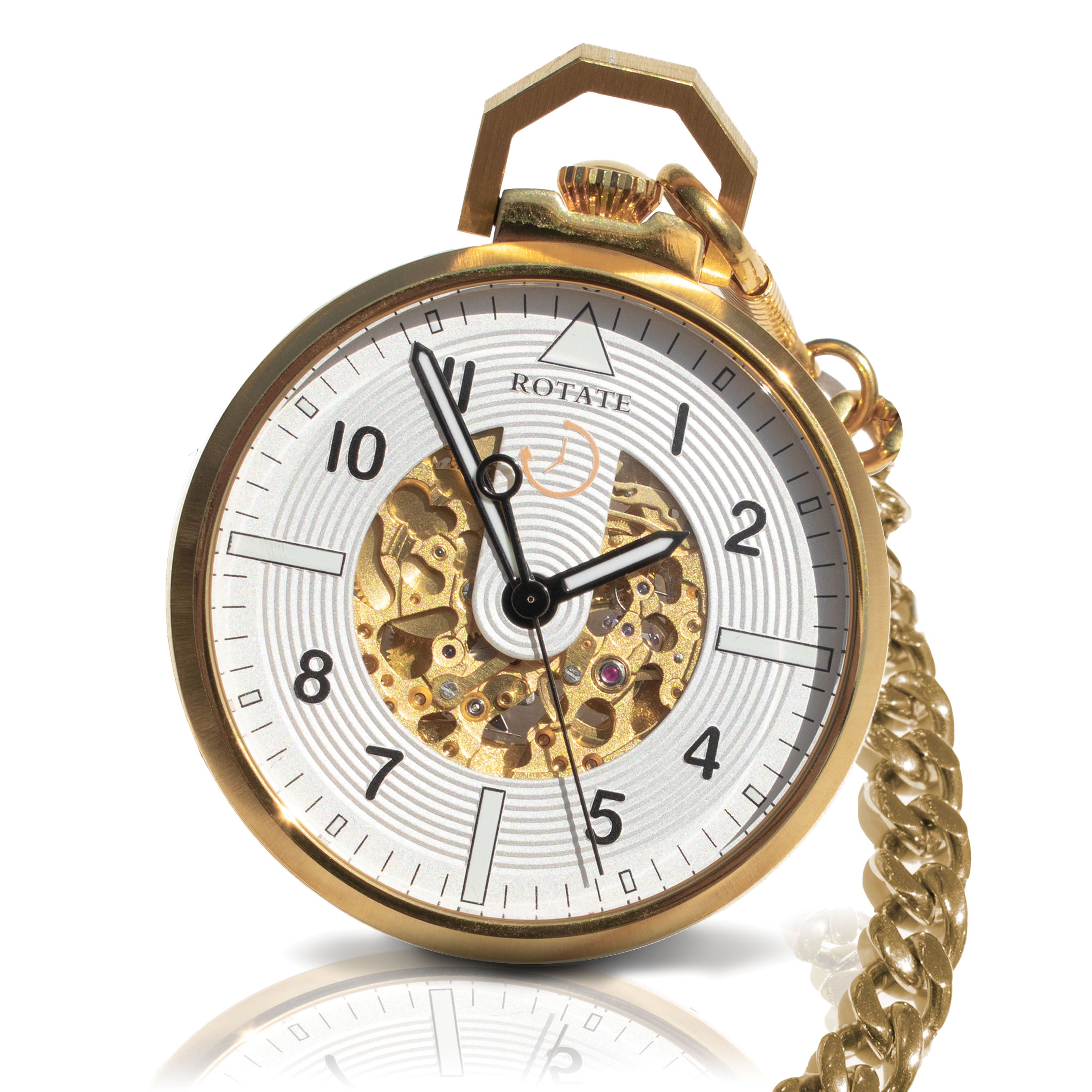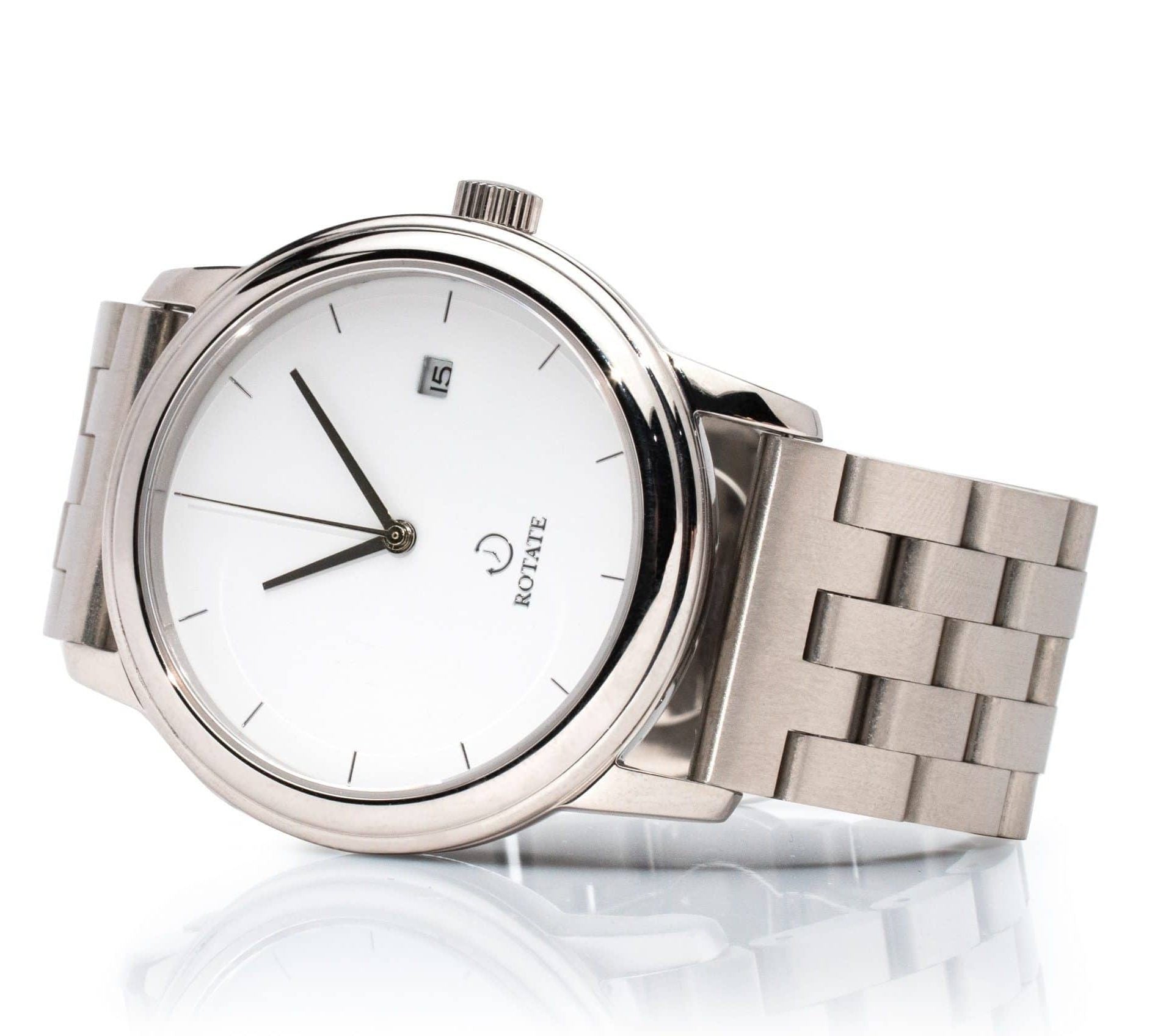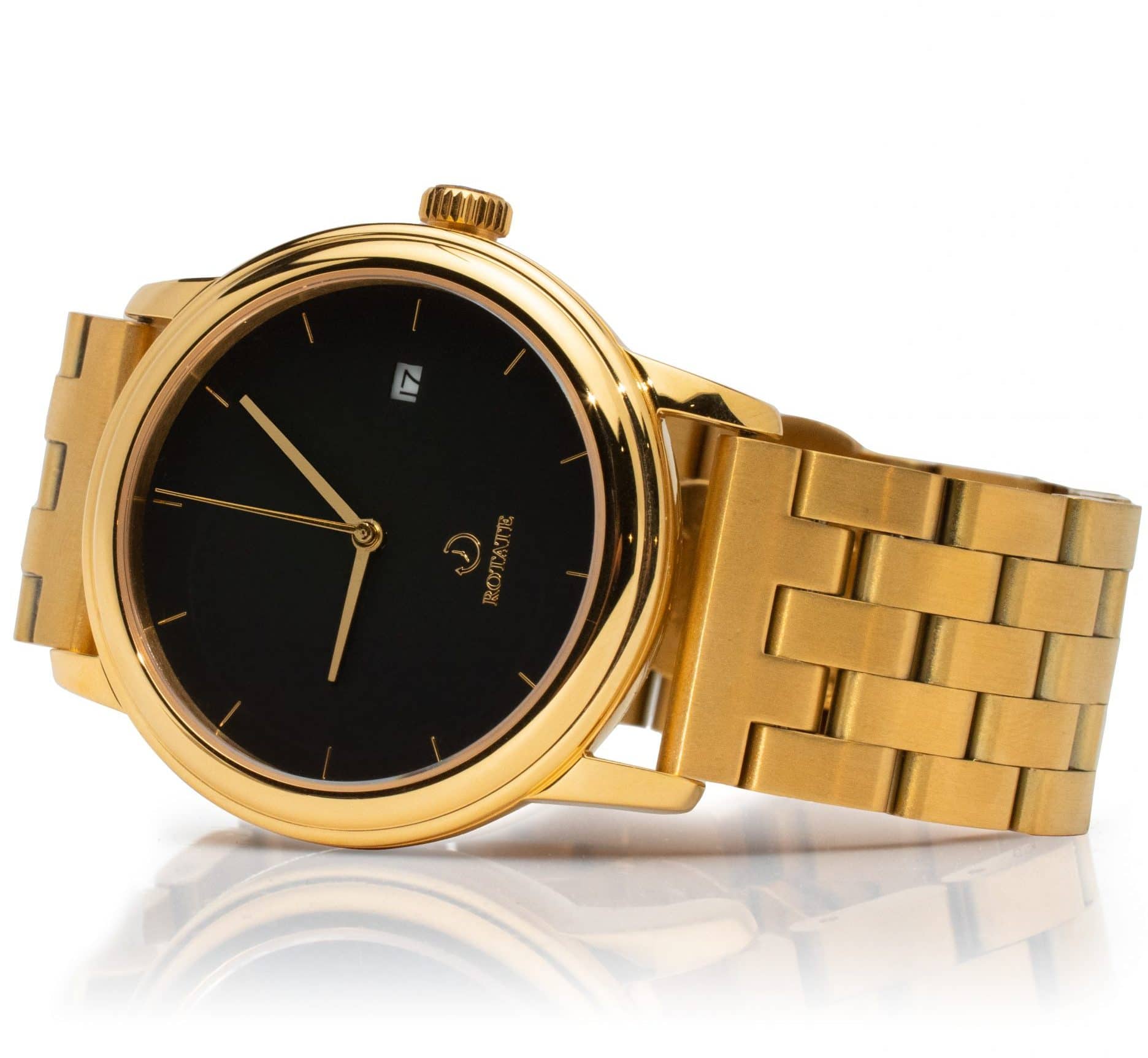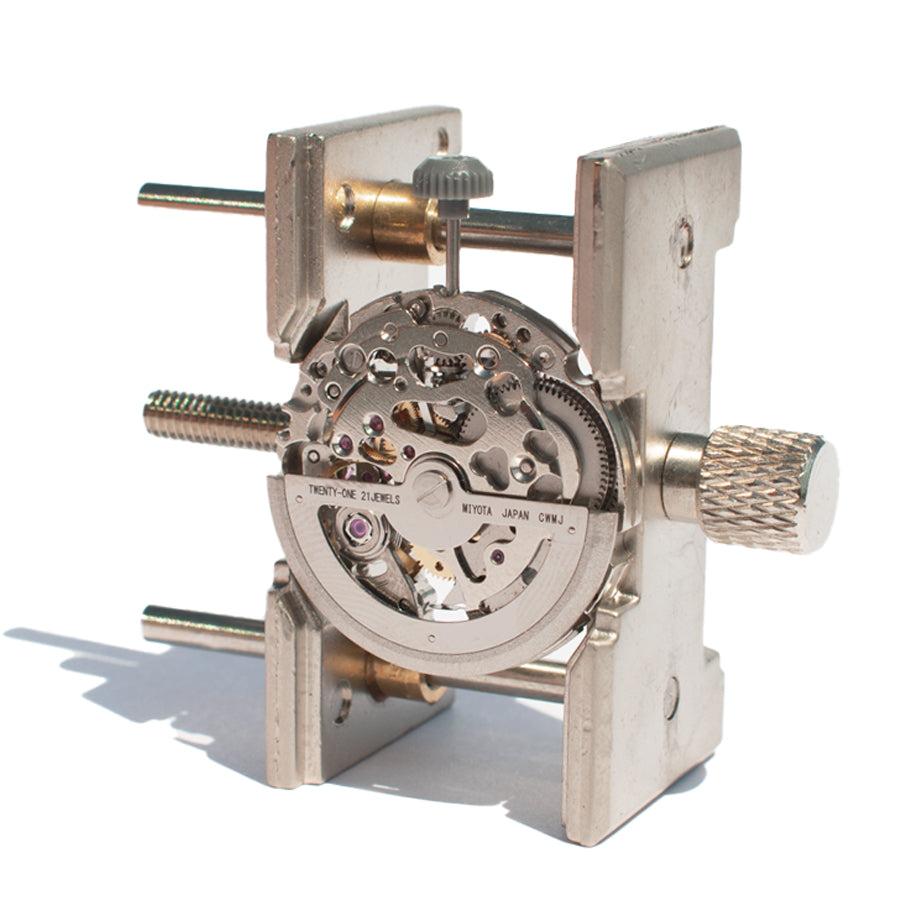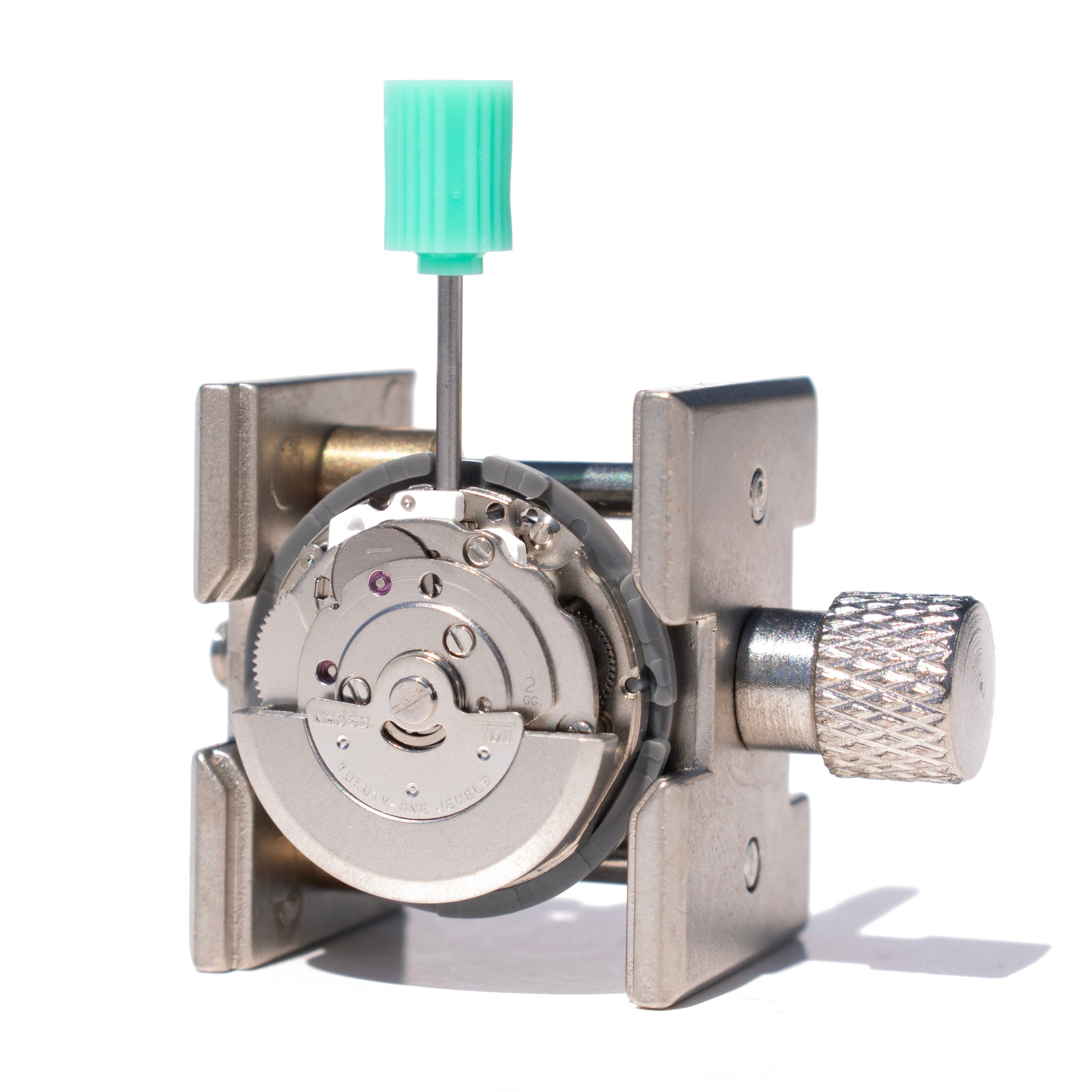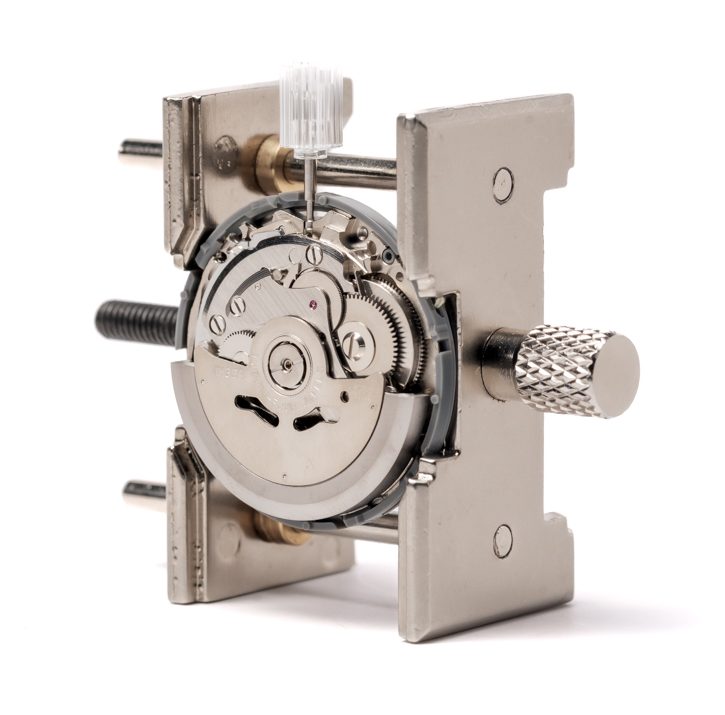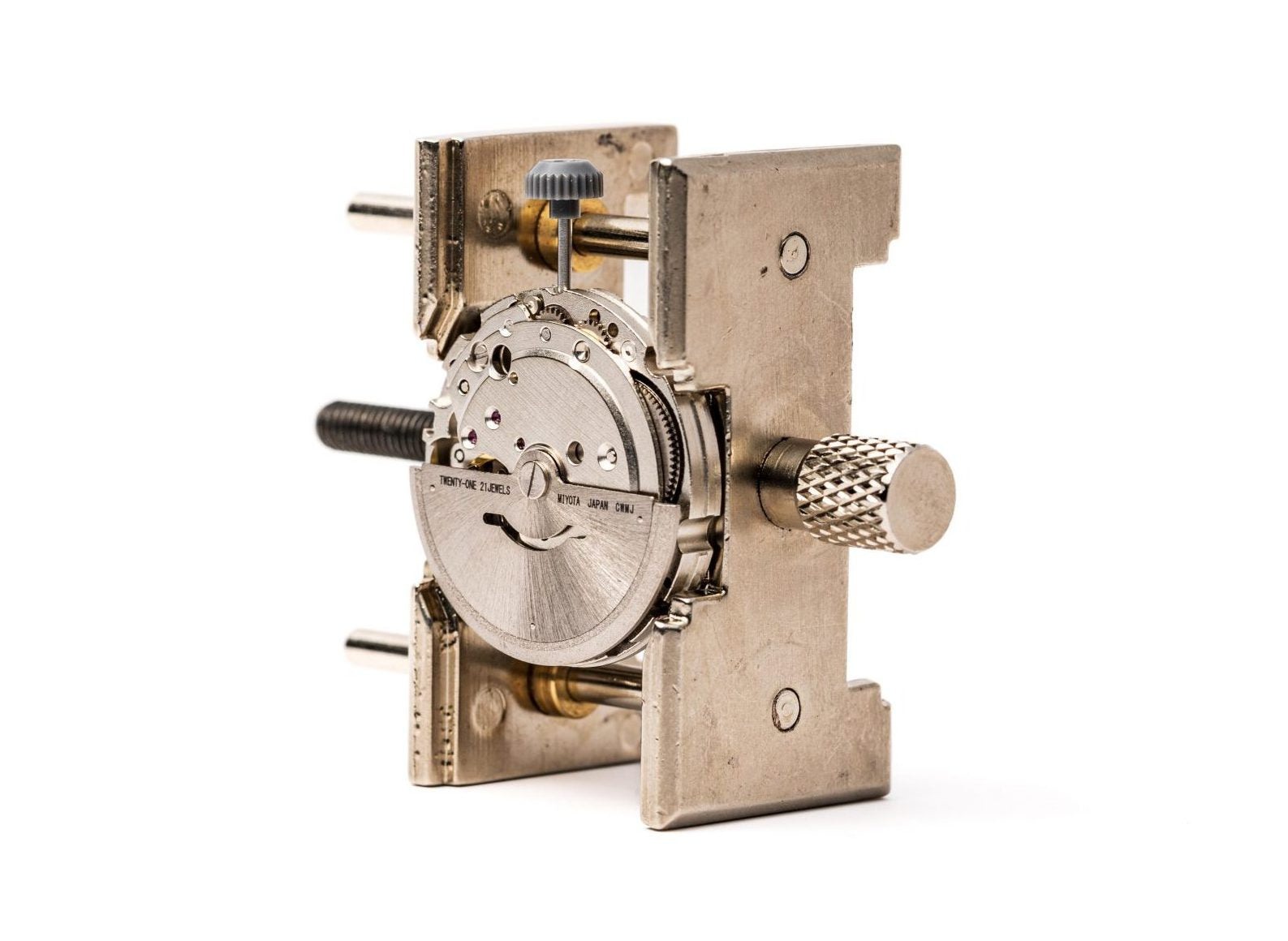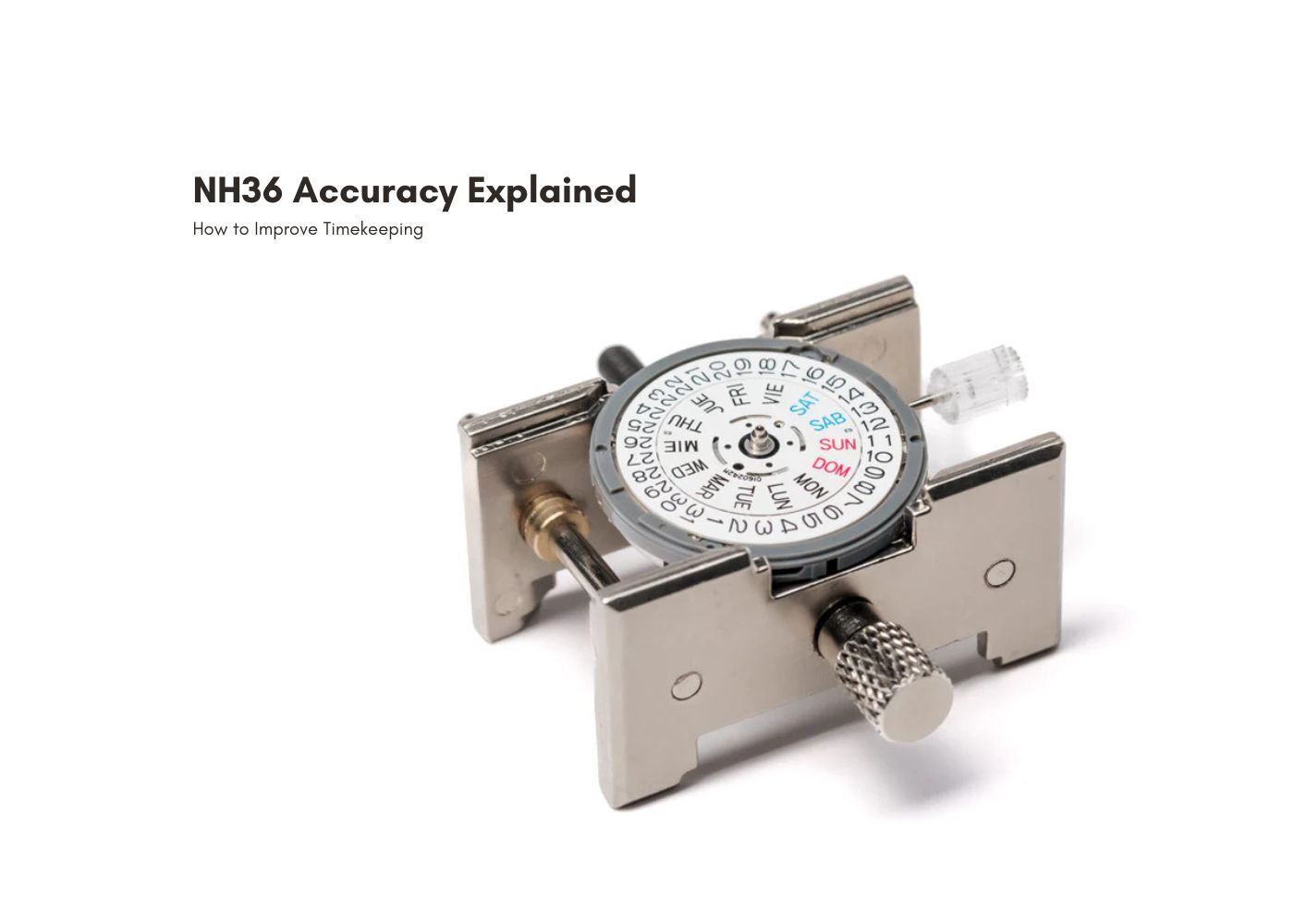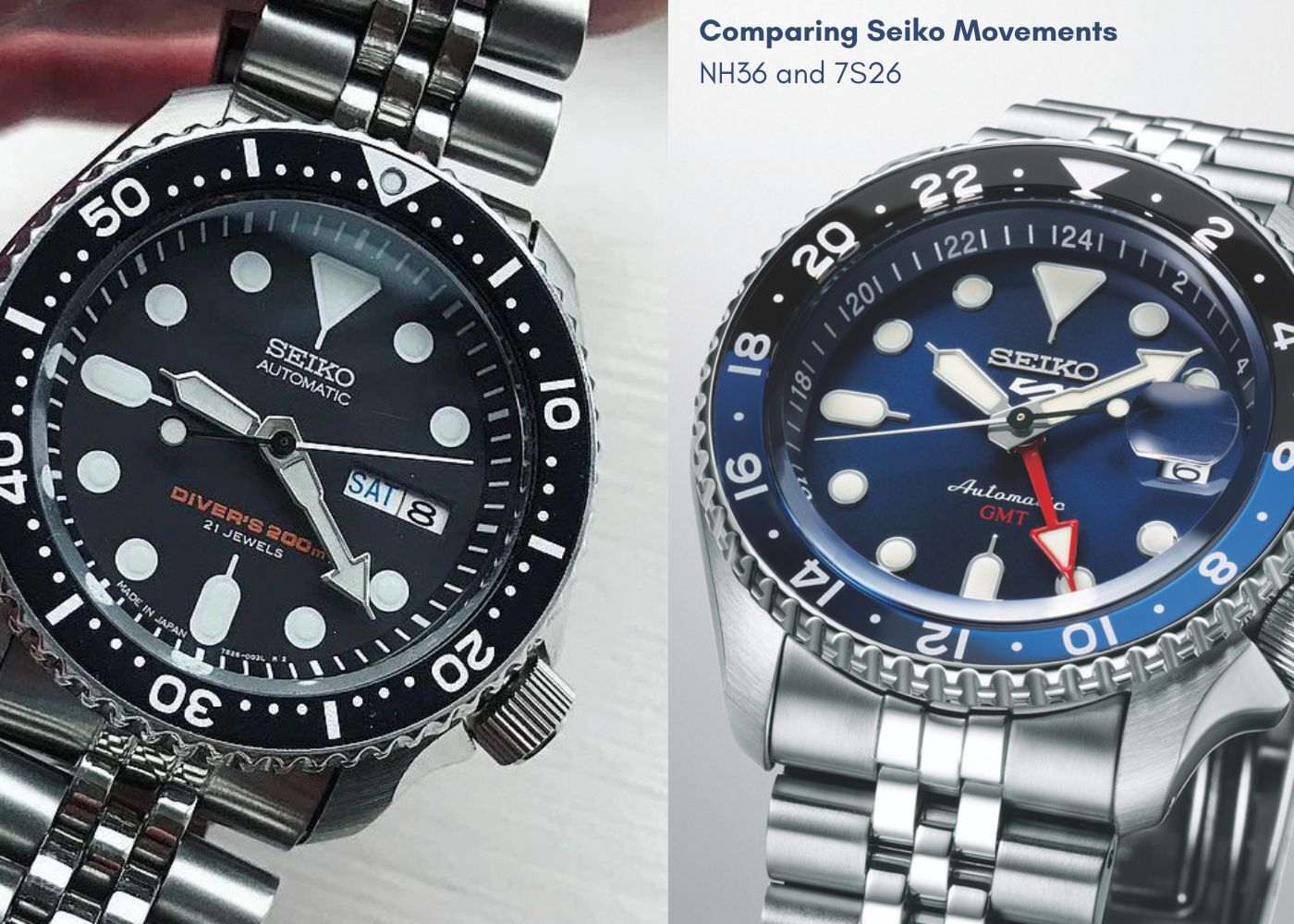
Comparing Seiko Movements: NH36 and 7S26 Explained
Seiko movements have earned a stellar reputation among watch enthusiasts for reliability and value, with the NH36 and 7S26 standing out as popular options within their catalog. Many watch lovers find themselves weighing the merits of each when building or modifying timepieces.
The Evolution of Seiko Movements
Mechanical watch movements represent fascinating pieces of engineering-tiny machines working tirelessly on your wrist. Seiko's journey in creating exceptional movements spans decades, with continuous refinements leading to today's offerings.
The 7S26 movement emerged around 1996 and quickly became a staple in many Seiko 5 watches, known for remarkable durability at an accessible price point. As technology and manufacturing capabilities advanced, Seiko developed the NH36 as an upgraded option, incorporating additional features while maintaining the reliability that made its predecessor famous.
NH36 Movement: Specifications and Features
The NH36 movement represents Seiko's answer to enthusiasts seeking enhanced functionality without sacrificing dependability. At its core, the movement maintains precise dimensions with a diameter of 27.40mm (29.36mm including the dial holding spacer) and a height of just 5.32mm, making it versatile for various case designs.
Accuracy remains impressive for its price range, running between -20 to +40 seconds per day under normal temperature conditions. Watch enthusiasts particularly appreciate the practical feature set that makes the NH36 stand out:
-
Manual winding capability allows you to power your watch even when not wearing it regularly
-
Automatic winding with efficient ball bearing system ensures the movement winds itself during daily activities
-
Second hand stop mechanism (hacking) enables precise time synchronization to the second
-
Day and date display with quick correction provides practical information at a glance
The movement's robust construction includes 24 jewels to reduce friction and increase longevity. Power reserve extends beyond 41 hours when fully wound, meaning your watch will continue running accurately through a day of non-use.
7S26 Movement: The Reliable Workhorse
Seiko's 7S26 movement earned its reputation through sheer reliability in countless watches over decades. Slightly smaller than the NH36 at 27.0mm in diameter and slimmer at 4.9mm in height, the 7S26 fits perfectly in compact case designs.
Performance specifications include accuracy rated at +45/-35 seconds per day and a similar 41-hour power reserve. The movement contains 21 jewels-fewer than the NH36 but still sufficient for smooth operation and durability.
Watch collectors familiar with the 7S26 often highlight its key characteristics:
-
Robust construction makes it nearly indestructible under normal use conditions
-
Day and date functions provide practical information like its successor
-
Simplified design with fewer parts potentially means fewer things to go wrong
-
Legendary reliability proven through decades of service in countless watches worldwide
The movement lacks hand-winding and hacking capabilities found in more modern options, which many consider its primary limitations compared to newer alternatives.
NH36 vs 7S26: Key Differences Analyzed
When performing a Seiko movement analysis, several important distinctions emerge between these two popular options. Understanding these differences helps watch enthusiasts make choices aligned with their priorities.
Functionality Enhancements
The most significant upgrades in the NH36 revolve around user interaction. The addition of manual winding capability means owners can wind the watch through the crown rather than relying solely on wrist movement. Hacking seconds (the ability to stop the second hand when setting time) allows for precise synchronization impossible with the 7S26.
Jewel Count and Construction
The NH36 contains 24 jewels compared to the 7S26's 21. Higher jewel counts generally indicate additional points where synthetic rubies reduce metal-on-metal friction, potentially improving both accuracy and longevity. Small upgrades to various components throughout the movement also contribute to overall performance improvements.
Accuracy Specifications
Factory specifications show the NH36 rated for slightly better accuracy (-20/+40 seconds per day) than the 7S26 (+45/-35 seconds per day). Real-world performance varies based on individual movements and regulation, but the NH36 generally achieves more consistent timekeeping.
Interchangeability Considerations
For watch movement differences that matter to modifiers, the NH36 and 7S26 share similar dimensions, allowing them to be swapped in many cases. However, the date wheel position differs slightly, requiring dial compatibility checks when upgrading from a 7S26 to an NH36.
Which Movement Is Right for Your Watch?
Choosing between these movements depends on your specific needs and priorities. The NH36 vs 7S26 comparison reveals distinct advantages for different scenarios.
The NH36 serves as the superior choice if:
-
You value the ability to hand-wind your watch when it hasn't been worn
-
Precise time setting matters to you (thanks to hacking seconds)
-
You're building a new watch from components rather than modifying an existing piece
-
Slightly improved accuracy specifications are important to your wearing habits
Meanwhile, the 7S26 might remain preferable when:
-
You're working with a tighter budget (7S26 movements typically cost less)
-
You're maintaining vintage Seiko models where period-correct components matter
-
Absolute simplicity and proven track record rank higher than additional features
-
The watch will see rough use where simplicity becomes an advantage
Building Custom Watches with Rotate's NH36 Movement Kit
For watch enthusiasts eager to explore mechanical movements hands-on, Rotate's Seiko NH36 Movement Kit offers an exceptional opportunity to work with this versatile caliber. Rotate has crafted a comprehensive package making watchmaking accessible to beginners and experienced hobbyists alike.
The kit stands out through thoughtful inclusion of everything needed for success:
-
Complete component package eliminates the frustration of sourcing parts separately
-
Detailed instruction guides transform complex procedures into manageable steps
-
Quality assurance through careful component selection ensures reliability
-
Dedicated technical support provides peace of mind throughout the building process
Rotate's approach to Seiko movement overview through their kits helps demystify these fascinating mechanical systems. With an educational focus that makes working with the NH36 movement accessible even to those with no prior experience.
Upgrading from 7S26 to NH36: What to Know
Many watch enthusiasts eventually consider upgrading their 7S26-equipped timepieces to NH36 movements for additional functionality. This popular modification brings modern features to otherwise beloved watches.
When planning such an upgrade, consider these important factors:
-
Day/date wheel alignment requires attention as positions differ slightly between movements
-
Crown and stem compatibility may require modifications depending on your specific watch case
-
Dial feet positioning generally remains compatible between movements
-
Movement holder rings may need adjustment due to subtle dimensional differences
The complete enhancement process typically takes 1-2 hours for someone familiar with basic watch work. The Seiko NH36 Movement available separately from Rotate provides a perfect solution for those looking to perform this popular upgrade.
Making Your Movement Choice
The world of Seiko movement analysis reveals that both the NH36 and 7S26 represent exceptional value in mechanical watchmaking. Your choice ultimately depends on how you weigh additional functionality against simplicity and tradition.
Learn more about Seiko Movements Accuracy in our comprehensive blog.
For those eager to explore mechanical movements hands-on, Rotate's watchmaking kits provide an unparalleled educational experience with comprehensive support. Whether building your first watch or upgrading an existing timepiece, understanding the distinctions between these movements empowers you to make choices aligned with your horological journey.
The mechanical heart beating inside your watch deserves thoughtful consideration-and with options like the NH36 and 7S26, you're guaranteed reliability regardless of which path you choose.
FAQ
Q. What is the difference between 7S26 and NH36 movement?
The NH36 adds hand-winding and hacking seconds capabilities that the 7S26 lacks. It also contains 24 jewels (versus 21) and offers slightly tighter accuracy specifications of -20/+40 seconds daily compared to +45/-35 for the 7S26.
Q. How does NH36 perform under different conditions?
The NH36 maintains reliable performance across normal temperature ranges (23±2°C). Its antimagnetic properties (≥4800 A/m) provide protection against everyday electronic exposure. Performance remains consistent through various wearing positions and activity levels.
Q. Which Seiko movement is best for durability?
Both movements offer exceptional durability, but the 7S26's simpler design with fewer parts potentially gives it a slight edge for extreme conditions. However, the NH36's improved lubrication points may provide better long-term reliability under normal use.
Read more about other best seiko watch movements here.
Q. Can I replace a 7S26 with an NH36 movement myself?
Yes, replacing a 7S26 with an NH36 is achievable for hobbyists with basic tools. The process requires attention to detail with the day/date wheel alignment and crown stem compatibility. Rotate's comprehensive kits and support make this upgrade accessible.
Q. What's the power reserve difference between NH36 and 7S26?
Both movements offer approximately 41 hours of power reserve when fully wound. The NH36's manual winding capability makes it easier to achieve full power reserve without wearing the watch, which represents its main advantage regarding power management.
{ "@context": "https://schema.org", "@type": "FAQPage", "mainEntity": [ { "@type": "Question", "name": "What is the difference between 7S26 and NH36 movement?", "acceptedAnswer": { "@type": "Answer", "text": "The NH36 adds hand-winding and hacking seconds capabilities that the 7S26 lacks. It also contains 24 jewels (versus 21) and offers slightly tighter accuracy specifications of -20/+40 seconds daily compared to +45/-35 for the 7S26." } }, { "@type": "Question", "name": "How does NH36 perform under different conditions?", "acceptedAnswer": { "@type": "Answer", "text": "The NH36 maintains reliable performance across normal temperature ranges (23±2°C). Its antimagnetic properties (≥4800 A/m) provide protection against everyday electronic exposure. Performance remains consistent through various wearing positions and activity levels." } }, { "@type": "Question", "name": "Which Seiko movement is best for durability?", "acceptedAnswer": { "@type": "Answer", "text": "Both movements offer exceptional durability, but the 7S26's simpler design with fewer parts potentially gives it a slight edge for extreme conditions. However, the NH36's improved lubrication points may provide better long-term reliability under normal use." } }, { "@type": "Question", "name": "Can I replace a 7S26 with an NH36 movement myself?", "acceptedAnswer": { "@type": "Answer", "text": "Yes, replacing a 7S26 with an NH36 is achievable for hobbyists with basic tools. The process requires attention to detail with the day/date wheel alignment and crown stem compatibility. Rotate's comprehensive kits and support make this upgrade accessible." } }, { "@type": "Question", "name": "What's the power reserve difference between NH36 and 7S26?", "acceptedAnswer": { "@type": "Answer", "text": "Both movements offer approximately 41 hours of power reserve when fully wound. The NH36's manual winding capability makes it easier to achieve full power reserve without wearing the watch, which represents its main advantage regarding power management." } } ] }





